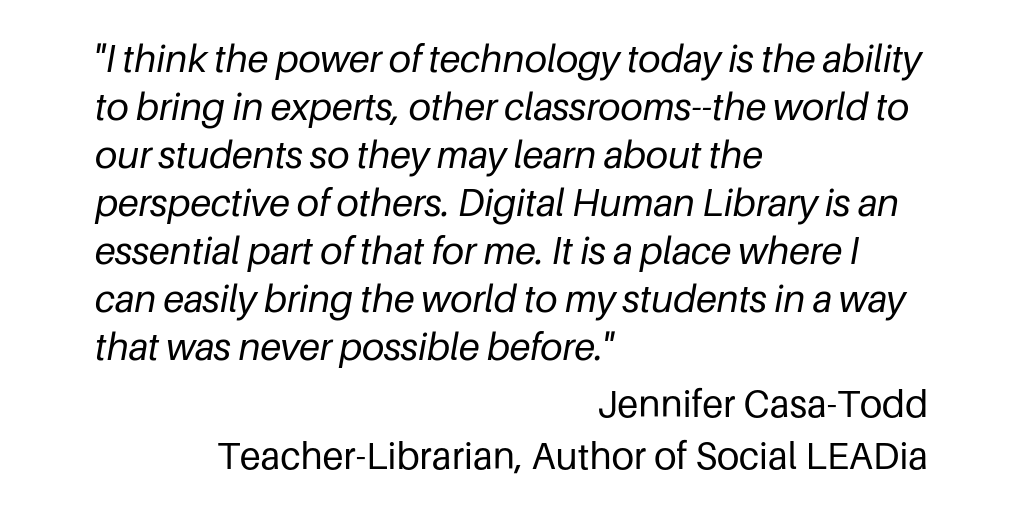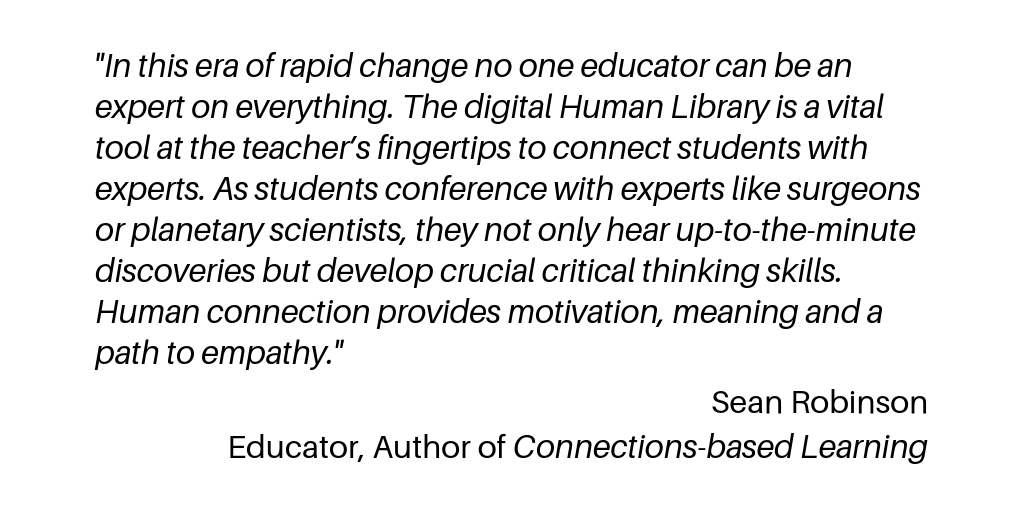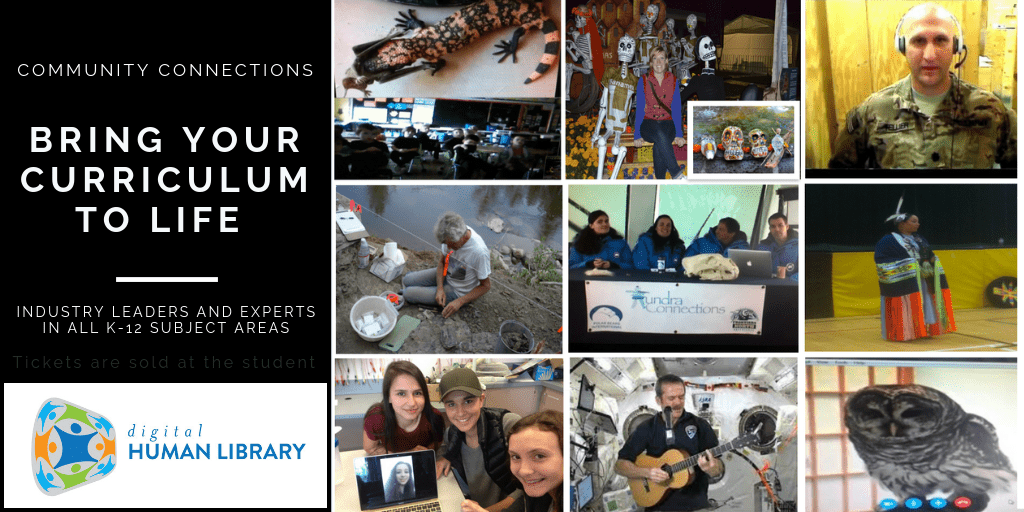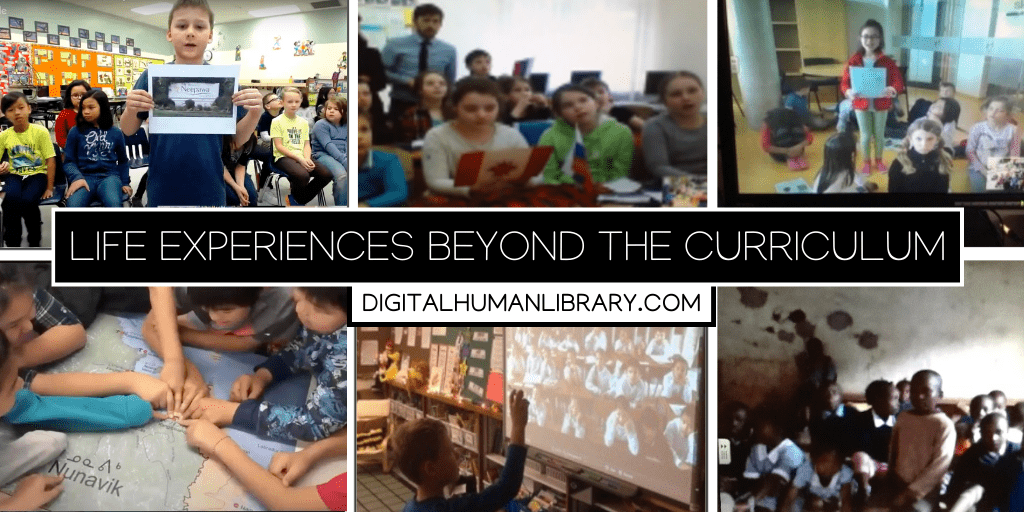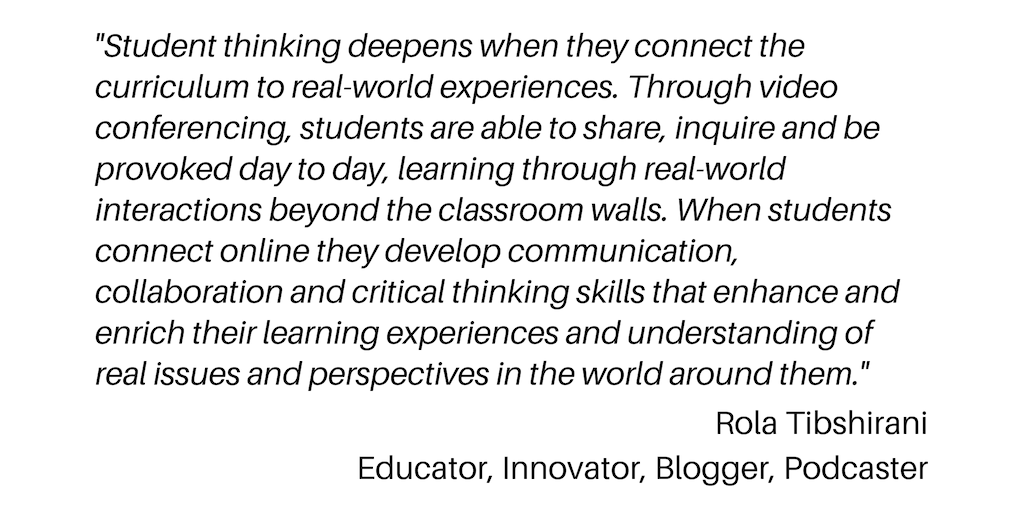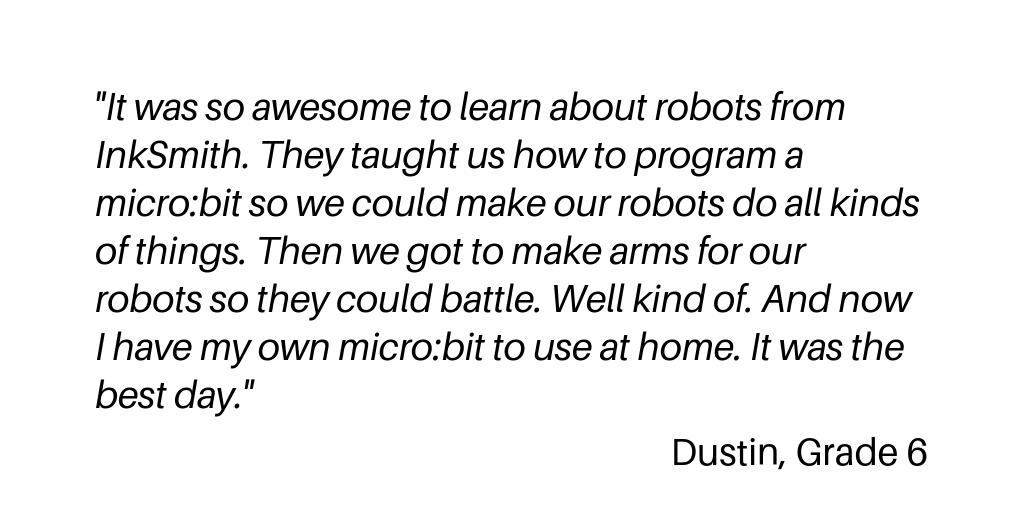If computers change the way we live, the way we work, and the way we play, it is easy to imagine that computers will change the way we think and learn. Computer learning can be defined as the use of any computer or computer aided technology in an educational context.
We have seen computers used for distant learning like video conferencing, the Internet for research, and social media sites for networking and social collaboration. We have seen, and continue to see, how tablets make these possibilities portable and accessible.
Maybe we can see video games used for learning?
Fun Learning
 Video game learning stems from computer learning: they use computer driven technology to present learners with interactive experiences. It is not to confuse learning with leisure, but the driving motivation for kids is having fun. Why can’t they have fun while learning?
Video game learning stems from computer learning: they use computer driven technology to present learners with interactive experiences. It is not to confuse learning with leisure, but the driving motivation for kids is having fun. Why can’t they have fun while learning?
The Entertainment Software of Canada reported that in 2012 the video game industry generated 2.3 billion dollars in Gross Domestic Product (GDP) for the Canadian economy. In the same year, video game expenses accounted for one-third of monthly entertainment spending in the United States.
Still, despite the popularity of video games, we have not seen them integrated as a medium that supports substantive learning – not on a broad scale anyway.
In a way, video games are like books. Books can be anything – trashy, historical, non-fiction, or classic – each type presents varied potential for learning. Video games offer different purposes and levels of usefulness. Part of the reason why video games have not been integrated into the classroom is because they are not advertised as a medium that supports learning.
Also, much of the literature on video games tends to round up the negative. But, most of this research focuses on “screen time” – staring at a television. The American Medical Association recommends limited screen time because of its passive nature. When passive and less active, school is harmful for the same reasons staring at a television are.
Flow
Many assume that when someone can’t remove themselves from a video game they are displaying that same kind of passiveness. According to behavioural psychologist Mihaly Csikszentmihalyi this isn’t true. She says that games are high engagement activities. When a kid doesn’t hear their Mom while they play, they exhibit something called “flow” – a state where concentrating on a task excludes all internal and external stimuli. Action and awareness merge. She says that this is the highest form of learning because all attention is dedicated to mastering a certain skill.
Video Game Magic
Some explored the learning opportunities of video games as early as 1982. Richard Bowman recognized the potential of video games for learning from Pac-Man. Since video games have a strong motivating effect, it gives them active control over the environment they interact with. Likewise, if the magic of video games could be bottled up for the classroom, students could have active control over their learning experiences.
Bowman stated that video games can foster a productive and active learning experience because they are steeped in:
1) Clarity of task – the goals in video games are often immediate, and the means to achieve those goals are directly related
2) Clear awareness of roles and responsibilities – objectives are clear. The player knows what has to be done without a conflicting perspective of one’s actions
3) Choice in the selection and execution of problem-solving activities – the player retains a strong sense of control. Every action and reaction comes down to a personal level
4) Balanced system of skills and challenges – Players choose the pace of difficulty. If too difficult, players can tone it down. If too easy, players can ramp it up
5) Progressive hierarchy of challenges – to sustain interest, games tend to become more difficult. This strikes a nice balance between boredom and frustration.
Bowman admits that what makes a successful learning experience is what makes a successful video game. Video games are not created equal. Still, students, like gamers, are agents in the learning process. Affective and motivational factors are important for successful learning.
Video Games in the Classroom Today
Some of the biggest selling games are Massively Multiplayer Online Role Playing Games (MMORPGs). World of Warcraft stands as one of the more well-known iterations.
Peggy Sheehy received her Master’s Degree in Educational Technology, and used World of Warcraft to explore digital citizenship and online safety. Since WoW is a strictly online fantasy world composed of millions of players, Sheehy wanted to instruct her students on how to conduct themselves.
Joel Levin explored learning adventures in Minecraft with his fellow primary students. Minecraft is a world-builder and promotes a wide-range of skills including science, problem-solving, and engineering.
Simulation games offer students compelling learning opportunities. Games like Roller Coaster Tycoon gives players a sense of what it takes manage a large business, and SimCity delves into the intricacies of city planning. Games like Rome transport players to another place and time, and can function within a history course, giving the student a complex understanding of the task at hand.
No one said it better than 16-year old Colin, “I don’t want to study Rome in high school.”
“I build Rome every day in my online game.”
Aristotle once said that virtue is a mean between excess and deficiency. Everything you do in life requires balance. There is such a thing as too much gaming. Just as it is unhealthy to go days on end without proper food and sleep from studying, it is unhealthy to play games without end.
But which would be a more interesting way to learn?
Adrian Nowicki
Sources
Trunk, P. Kids who play video games do better as adults (2013, April 11). Penelope Trunk. Retrieved from: http://bit.ly/1bf0ZjZ
Barko, T. Practicality in virtuality: finding student meaning in video game education (2012, May 25). Journal of Science Education and Technology, 22(2), 124-132. Retrieved from: http://bit.ly/HAY1Np
Bowman, R. A Pac-Man theory of motivation: tactical implications for classroom instruction (1982). Educational Technology, 22, 14-17.
Canada’s video game industry in 2013 (July 2013). Entertainment Software Association of Canada. Retrieved from: http://bit.ly/HJxmi9
This post is also available in: English (Anglais)



